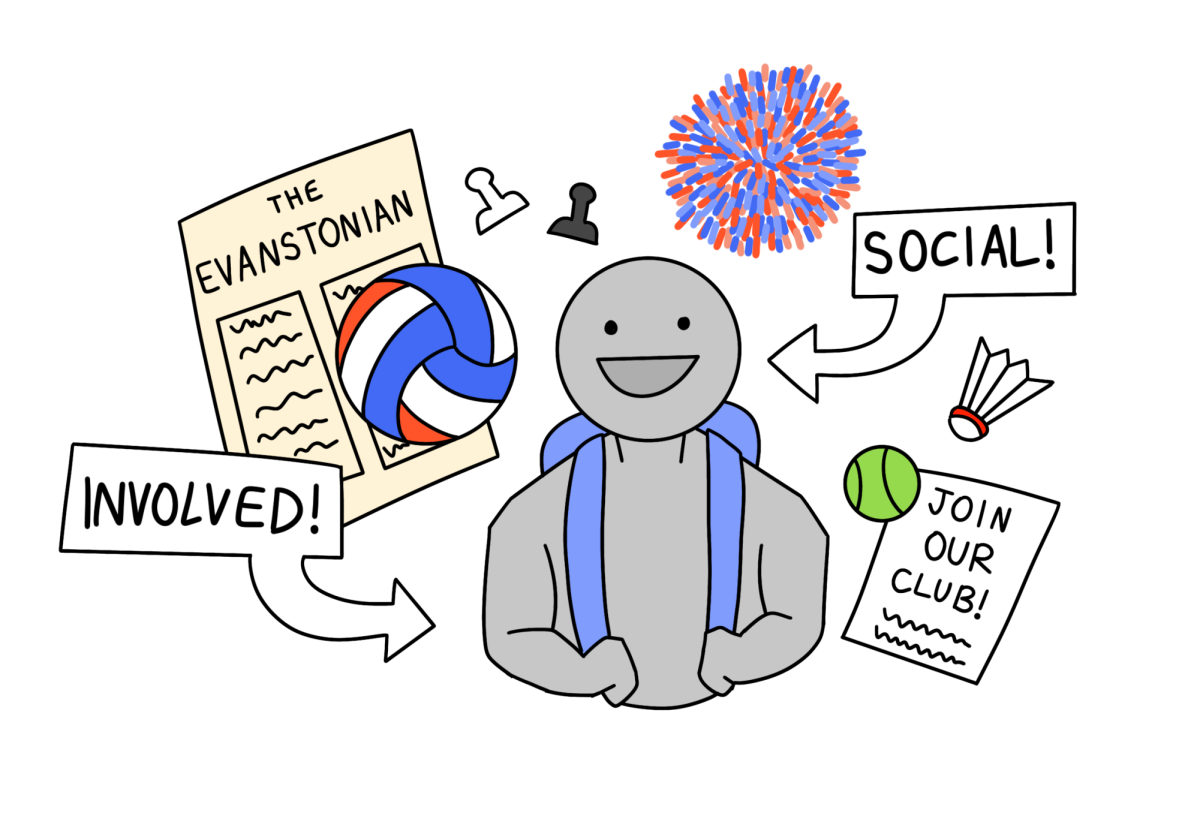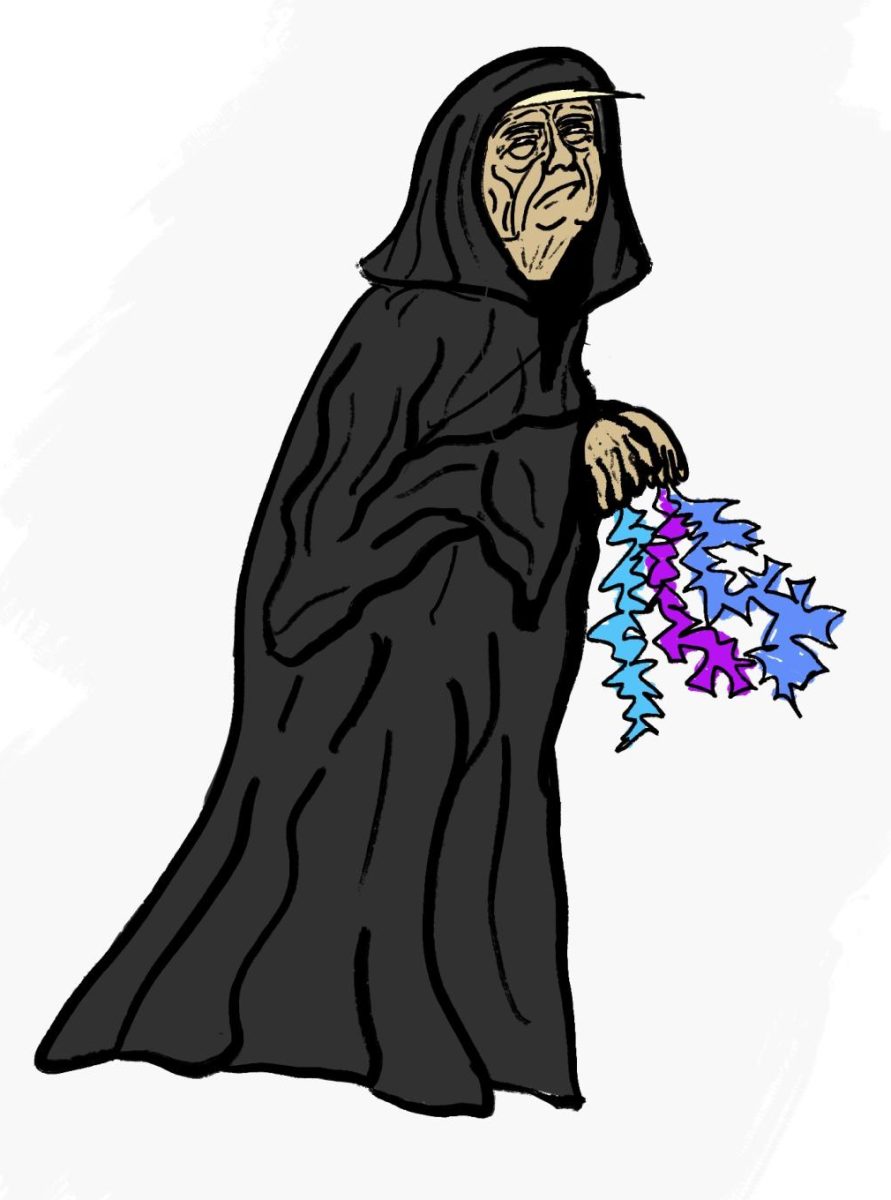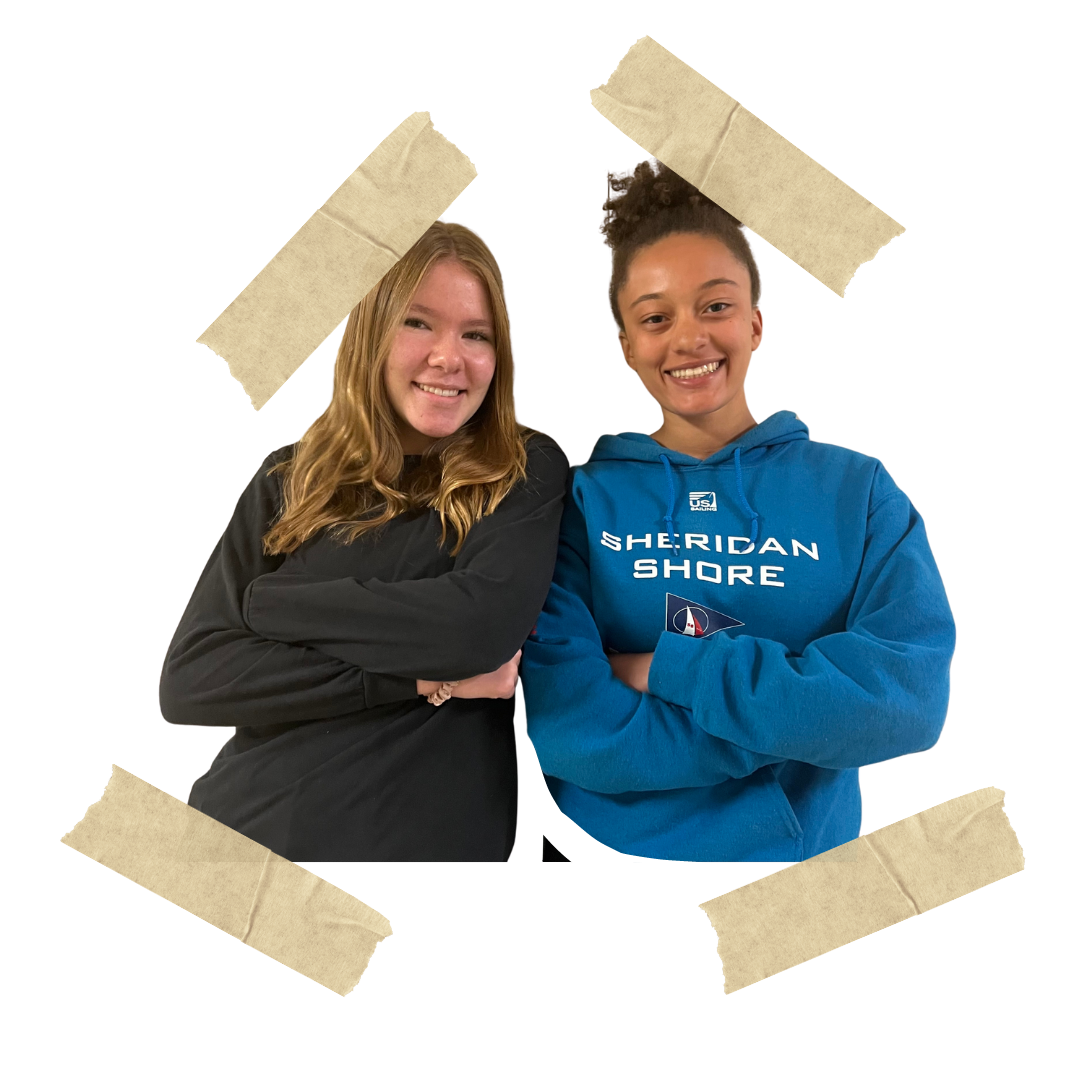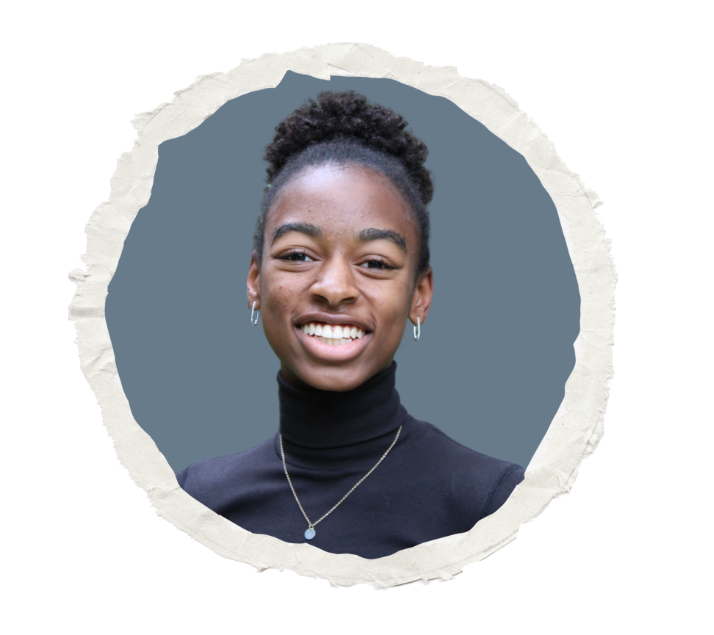In an attempt to reject the egregiousness of equating chronic pain to a number on a scale from 1 to 10, I have learned to describe my migraine pain in various ways. My head as an old house, the pain a colony of termites eating away at my skull. My head as a watermelon, the pain as hundreds of rubber bands wrapped around the rind like in those viral videos where the watermelon ends up exploding under the pressure. Sometimes I’ll go for a more narrative approach, building a story around the dysfunctional mining town hidden behind my forehead, axes constantly hacking into the mines above my right eyebrow. I know it’s a good visual when I can make a doctor laugh before they ask again for me to please just rate my pain on their 1-10 scale.
One of two constants in my life is migraine. I remember the summer before third grade pacing around the house in my tweety bird pajama set attempting to remedy dizzying curtains of nausea, then months later spending days curled up in the school nurse’s office trying not to fall over from the radiating pain. Fast forward ten years, three different states and dozens of treatments later, my migraine disorder remains an all consuming part of my life.
I’ve spent a good chunk of high school laying on the bathroom floor each night, with a typical school day spent sitting in the back of classrooms trying to focus as my vision and thoughts go cloudy. I’ve helped layout this newspaper during numerous migraine attacks while doing my best to remain as ‘normal looking’ as possible. I’ve stayed awake far past midnight desperately trying to get an in-depth piece ‘right,’ knowing I would face the consequences in the form of a pounding, sharp pain behind my eye at school the next morning.
But despite its insistent presence in every minute of my life since I can remember, migraine is only one of my two constants. The second is storytelling—and the overlap between these two experiences has shown me so much about what it truly means to be a storyteller, and what it means to have your story heard.
Although my fabrication of the various metaphors used to describe my pain have primarily served as a rejection of the 1-10 pain scale, each story I tell in replacement of a number is also a desperate attempt to get doctors to listen to me—to genuinely hear my experiences and approach my symptoms alongside my perspective. My desperation persists, and throughout my time as a patient, student, and human being, I have become increasingly frustrated with how those in power often display an unwillingness to simply listen.
While my own experiences with this frustration have mostly centered around navigating the mess that is America’s healthcare system, I am also constantly aware of the unheard stories of those around me. Not only the unheard stories, but the ones that have been heard and not listened to. The ones that have been blanketed by external beliefs rooted in hate, contrarianism, politics, and power. And as a student journalist, those blanketed, ‘heard’ stories are what trouble me the most.
The thing is, we are all part of narratives so much larger than what’s in front of us, and there’s always a looming shadow of a story that’s bigger than we can even imagine. Choosing to see this larger narrative and its numerous pieces is what I believe to be one of our most important responsibilities as community members (and ultimately, human beings.)
When I decided to write for The Evanstonian as a transfer student at the beginning of my junior year, I knew that I wanted to uplift the voices of my peers—especially those whose stories had been silenced by administration, law enforcement, larger media outlets, and harmful stereotypes. I wanted to listen, and then do my best to translate what I had heard into a viable journalistic piece for others to read. To create something that would make someone feel heard. Now having written pieces for multiple sections of The Evanstonian, it has been an honor to hear the stories of students, staff members, community leaders, professors, journalists, and lifelong Evanstonians. As I finish writing my last piece for this publication, I want to thank each and every one of those I’ve had the privilege of interviewing during my time on staff. Thank you for trusting me with your story.
The Evanstonian has given me a space to focus on something other than pain—a space that has been challenging, confusing, empowering, joyous and suffocating all at once. But at the end of the day–despite my best efforts to function like a normal high schooler–migraine has undoubtedly taken the most from me. My migraine disorder remains my number one constant.
When I leave home next month, it will come with me as my mom waves from the front porch. It will stay with me as I hug my dad goodbye on move-in day, and will consume me as I spend my last few weeks living under the same roof as my sister. Migraine continues to take—take everything except my ability to listen, love, and tell stories.









